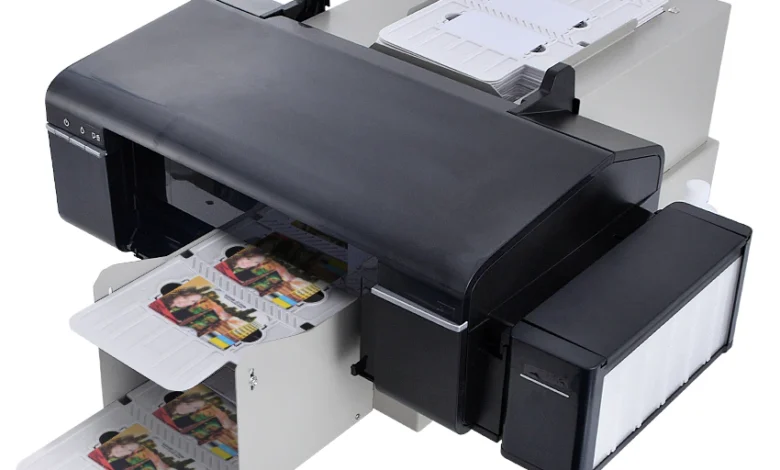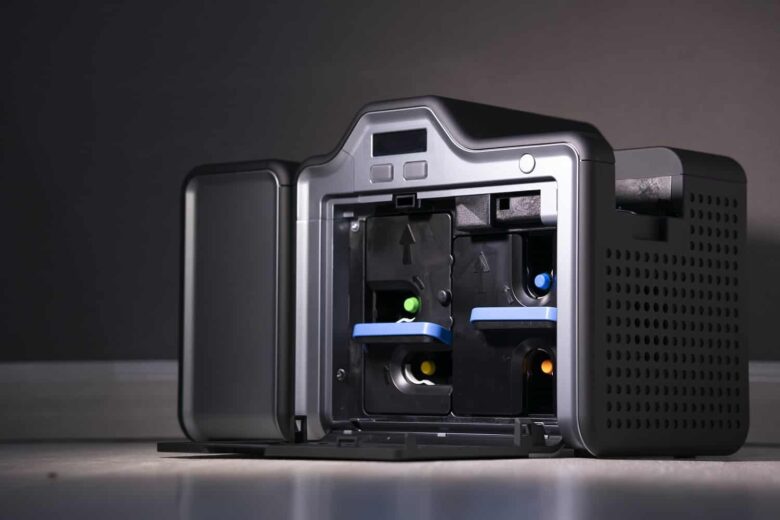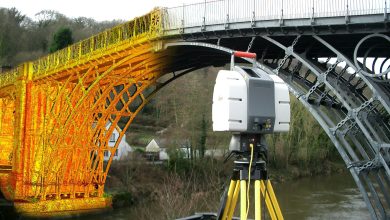
How to Choose the Right Printer for ID Card Printing?
An ID card printer can improve your facility’s security while saving you time. Access control can be streamlined, security can be updated, and staff can have a professional, united look thanks to an ID card printer, coordinating identification software, and a digital camera. Selecting the right ID card printer, on the other hand, can be difficult.
With so many different ID card printers on the market, deciding which one to buy might be difficult. This article will walk you through all of the options and assist you in choosing the finest ID card printer for your business.
-
Single or Dual Sided?
Some ID card printers may not print on both sides. Some cards are single-sided, so you’ll have to print the front side of the card before manually feeding it back into the printer to print the backside. A dual-sided printer has the advantage of automatically flipping the card and printing on the backside. It’s crucial to know whether you’ll be printing on one side or both sides of the ID card when selecting an ID card printer.
Magicard printers can be your best solution for ID card printing. Visit this site to know more.
-
Budget

The next and most crucial consideration is the organization’s finances. The variety of printers you can purchase is determined by the budget you choose. Printers with a smaller budget start around $1,000, while those with a bigger budget start around $15,000. Keep in mind that your printer budget will have ongoing expenses. Printer ribbons, cleaning kits, and blank cards are among the expenses.
-
Speed
High volume goes hand in hand with high speed. Because you’ll need more units to meet the same demand if the speed is low and the volume is big, you can check the speed of an ID card printer before buying it, depending on your needs. As a result, high-volume card printers include ribbons, allowing you to print more cards before changing the ribbons, increasing productivity.
-
Quality

The purpose of having the best printer for ID card printing is to be able to save and use information when it is needed. The card will not be eradicated in the event that it is swiped through a magnetic stripe browser or presented to the external climate for an extensive timeframe. Furthermore, you want the data, particularly the image, to be clear and undistorted. It is not possible to compromise the card’s quality. As a result, before choosing the best printer for ID card printing, you should consider the card’s durability and picture quality.
-
Security
Concerns about security are becoming increasingly prevalent. It’s critical to safeguard sensitive data and classified documents—against an ever-growing list of potential security breaches. Your printer hardware should be capable of supporting a wide range of security measures, but it’s also critical to choose a printer that will adapt to your changing or growing security needs over time. It’s also important to keep the security of the physical card printer in mind. Access to printers should be restricted by mechanical locks, which prohibit people with illegal access from taking sensitive printed documents from the printer.
-
Printing Volume

What number of cards and at what spans will you print? Will you be printing huge groups of cards all at once, a few times each year, or will you just need new cards every so often consistently? These are pivotal things to ask in light of the fact that not all printers are made equivalent. Select models with large limit data and output hoppers for higher volume orders so that groups can constantly work for extended time frames without expecting to supplant supplies.
-
Connectivity
Do you need mobile printing and encoding of secure IDs on the go? If this is the case, seek solutions that enable several connecting choices, such as USB for single-PC connectivity, Ethernet for network printing, and Wi-Fi for cloud printing. This gives you the freedom to print from anywhere and switch locations or connectivity options as your needs change.
-
Technology

DTC (Direct to Card) and reverse transfer are the two methods used in ID card printers (retransfer). Dye-sublimation is a type of Direct Card technology in which the print head heats each ribbon’s panel, converting the ink to vapor. On the card’s surface, the vapor diffuses. The Direct Card approach is quick and produces excellent results with monochrome and color photographs. This approach yields a resolution of up to 300 dots per inch (DPI). A white border surrounds the printed card when using this printing method.
The retransfer or reverse transfer method, like the Direct to Card printing process, uses a comparable technology. Printing over the edges is achievable using the retransfer printing process. There are no blank spots on the printed cards. Printing on uneven surfaces is also possible with the retransfer method (proximity or smart cards). The retransfer process is slower than DTC methods and provides a resolution of 600 dots per inch.
Advantages of an ID Card Printer

-
Better image quality
The image quality of plastic cards generated on an ID card printer is excellent. Digitally produced cards provide a higher resolution and the option of color printing. The text is significantly more legible and clear, in addition to the crisp photos.
-
Protection
The digitally printed cards have holographic layers on them. These cards are also tamper-proof and difficult to change. As a result, ID-printed cards are difficult to duplicate.
-
Durability
When digitally printed ID cards are exposed to heat or come into touch with any liquid substance, they are not damaged. These cards’ lamination is also UV and waterproof, extending their lifespan.
Conclusion
There are a number of compelling reasons to invest in an ID card printer and bring this function in-house. Budget is always a consideration, but the investment should pay off in the long run. Other factors, such as safety and security, are impossible to quantify. Businesses should consider buying their ID card printer for the convenience, cost, and peace of mind that it provides.




